Why do grape leaves turn yellow and what to do?

The yellowness of grape leaves is a frequent occurrence. It can be caused by various reasons. These include improper care, disease and parasites. In this article, we will tell you about what tools will help you deal with this problem.
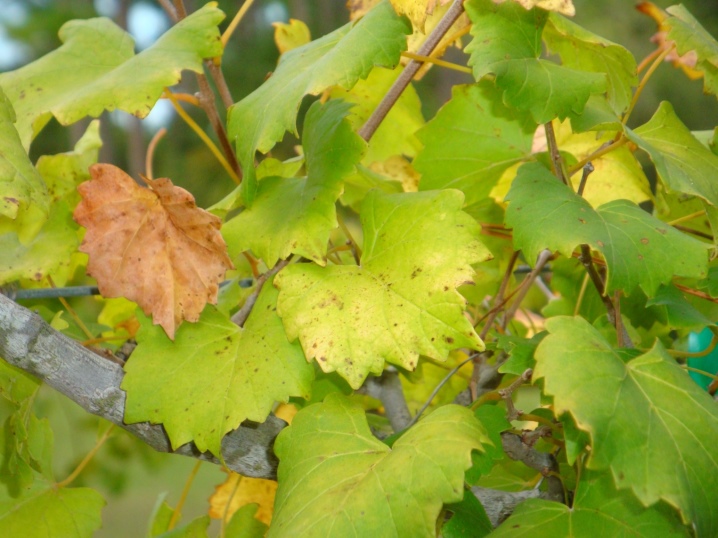
Improper care
Improper care is one of the reasons why grape leaves turn yellow, dry out, curl, crumble or do not grow at all.
First, this can be due to an excess or deficiency of nutrients. For full-fledged growth and development, grapes simply need additional feeding, but their amount must be balanced, otherwise many problems may arise. So, with a shortage of the main trace elements, the plant will slow down its growth, shed flowers and ovaries. Its foliage will deform, the plate itself will be covered with small spots, which will begin to increase in size over time. If we talk about specific minerals, then their lack is manifested as follows:
- with a deficiency of potassium, the grape leaf begins to bend outward;
- lack of phosphorus leads to darkening of the green veins;
- with a lack of nitrogen, foliage dies;
- if the plant lacks sulfur, magnesium or zinc, then this leads to yellowing of the foliage.
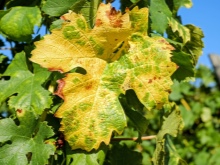
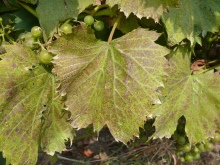
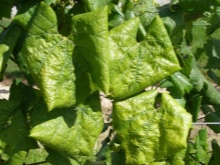
To correct the situation, it is enough just to feed the plant: for example, to make up for the lack of nitrogen, the grapes can be sprayed with potassium sulfate during flowering.

Secondly, problems can arise due to improper watering, because water is also important for the normal development of grapes. The plant may simply not have enough water or, on the contrary, there may be an excess of it.
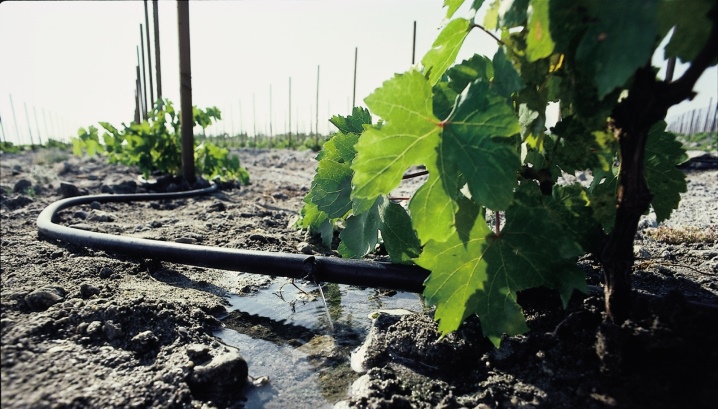
With an excess of moisture, the root system of the plant begins to rot, and if there is a lack, the process of photosynthesis may be disrupted, useful substances will cease to enter the cells of the plant - all this will immediately affect the foliage of the grapes: it will turn yellow, distort, wither.
To correct this problem, it is important to observe the condition of the plant, as well as take into account the weather conditions: for example, at high temperatures, watering is recommended once every 7 days. So that the water does not stagnate, the soil must be loosened, and to prevent its active evaporation, it is recommended to mulch.
Thirdly, frost can also cause problems, from which it is necessary to save the plant. Otherwise, the foliage of the plant will deteriorate, its color will become more faded. To get rid of problems, it is imperative to cover the plant from frost, as well as mulch the soil.
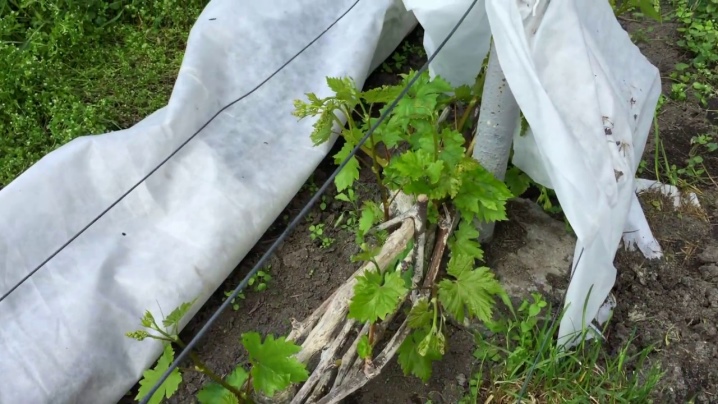
Fourthly, excessive planting density can also become the cause of yellowness. This usually interferes with the circulation of air masses. A large number of shoots prevents the penetration of sunlight, which ultimately leads to a disruption in the process of photosynthesis. Subsequently, the color of the leaves of the grapes begins to distort. It is not difficult to fix this problem: you need to regularly prune unnecessary branches.
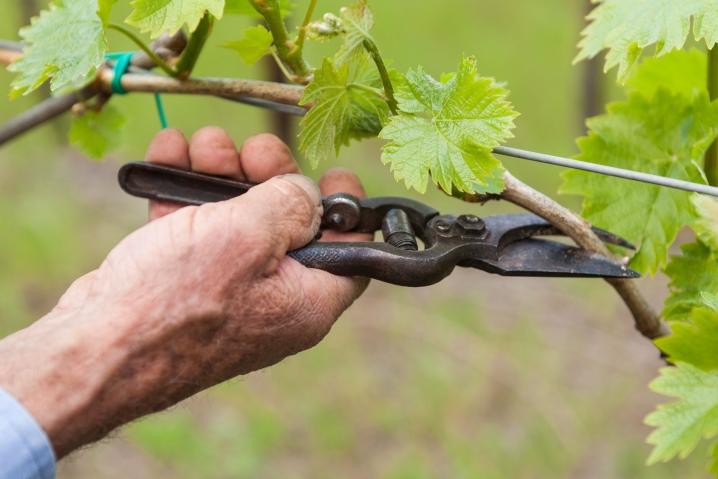
Possible diseases
Grapes are susceptible to a wide variety of diseases.
Mildew
Mildew is a disease that is also known to summer residents as downy mildew. This disease affects both young and adult plants.
Treatment of the disease should be started as early as possible, since it spreads very actively, otherwise there is a risk of losing both the crop and the plant itself.
You can determine that the grapes are sick by the following signs:
- oily yellow spots appear on the leaves of the plant, which can be rounded or uneven;
- grape inflorescences also turn yellow;
- over time, the foliage begins to turn brown, dries and falls off;
- subsequently, the grape bushes may begin to rot, the taste of the fruit will deteriorate significantly, and the plant itself will weaken and be less resistant to frost.

You can fight the disease with folk remedies, for example, using an ash solution, but such recipes are not as effective as fungicides. The latter are more popular due to their high performance. Among them, such drugs as "Tsikhom", "Thanos", "Quadris" and "Ordan" are especially distinguished.
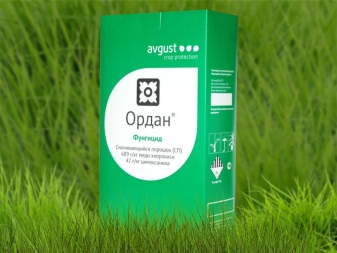
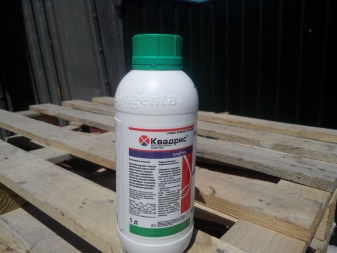
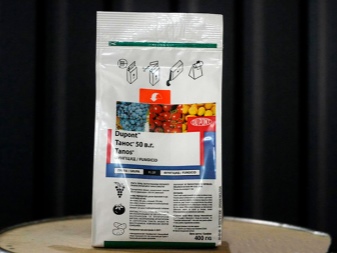
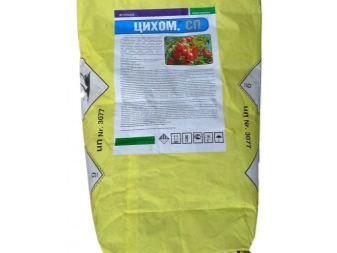
Oidium
This disease often affects grapes in the spring, after the shoots begin to grow. It manifests itself as follows:
- young curly leaves grow in grapes, which are covered with a serous bloom;
- in June, this plaque precipitates the leaf not only from above, but also from below;
- inflorescences that have been affected by this disease begin to die off, and the fruits dry or burst, especially if there is a drought outside;
- subsequently, if you do not take action in time and do not treat the plant, you can lose the crop altogether.

In order to get rid of the disease or prevent its appearance altogether, it is recommended to process the plant during the spring, when the buds swell, with a solution of azophoska... Before the beginning of flowering grapes are recommended to be treated with such a product as "Topaz", during the period of fruit formation it can be processed "Ordan", and before covering the plant for the winter, - copper sulfate.
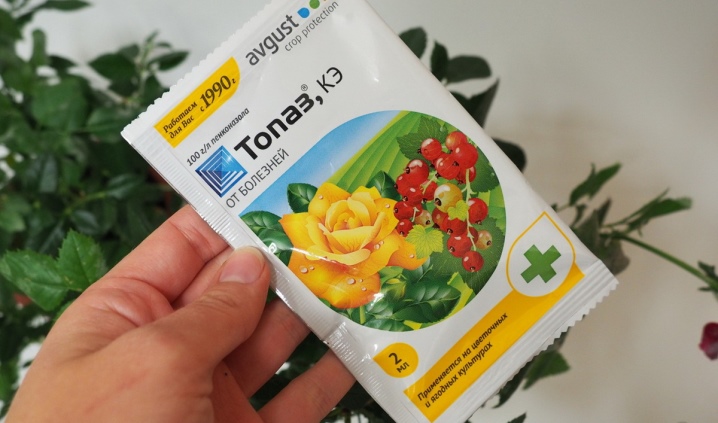
Verticillosis
Vertical wilt is often observed in grapes in early summer, that is, in June, or in August. It is provoked, as a rule, by increased temperature and drought. With a disease, the shoots of grapes begin to actively die off, the leaves of the plant get burned at the edges, begin to wither and eventually fall off. Those brushes that have already appeared at the base of the affected shoots dry or mummify.
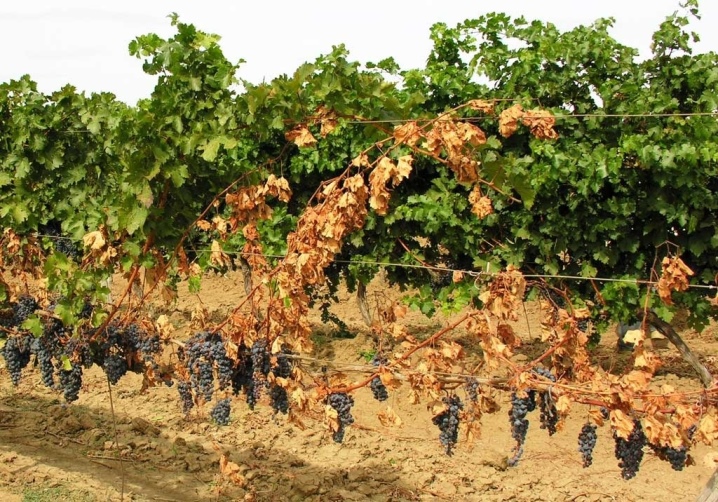
If you cut the root of a diseased plant, then you will see brown or brown spots that arise from a blockage of blood vessels.
To help the plant resist this disease, it is necessary first of all to follow the rules of agricultural technology, that is, watering, feeding and processing on time, while walking over both the upper and lower leaves. Particular attention should be paid to fertilizers that are applied to the soil. This is especially true when you plan to fertilize the plant with nitrogen. You need to be careful with them, as their excess can cause many problems, including disease.
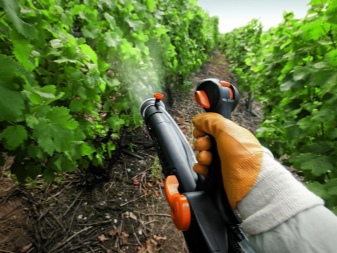
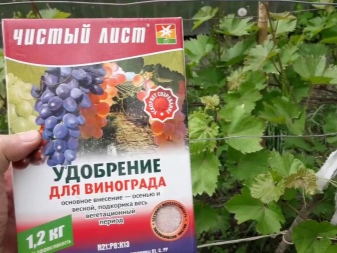
Root rot
Root rot is a disease caused by a fungus. Its peculiarity can be considered that the disease primarily affects the root system of the plant, because of which, over time, threads of a serous shade begin to appear on it. In the future, the disease begins to develop, affecting the bark and wood. Subsequently, they begin to deteriorate. It is easy to understand that the wood was affected by this disease: its color will be close to brown, it will begin to darken and then die off. The disease also affects the leaves: they become smaller, turn yellow. At the same time, fruiting is sharply reduced.
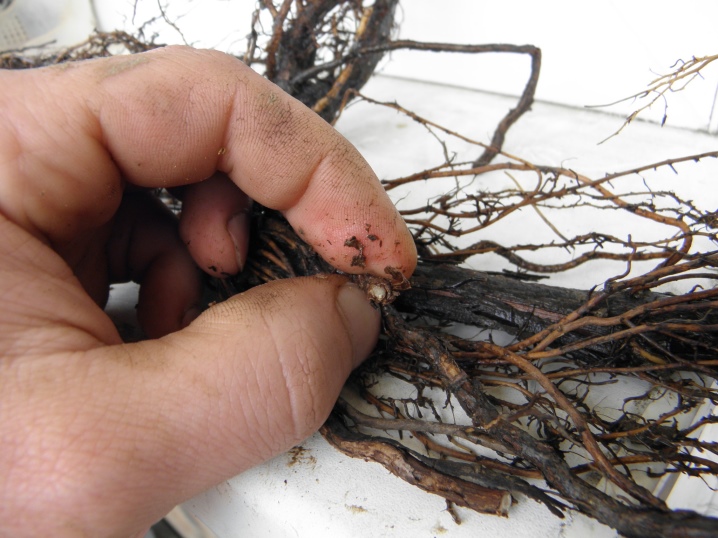
If the treatment is not started on time, the grapes will die, this will not happen immediately, but after a couple of years.
To treat this disease, you can resort to processing the plant with specialized preparations. You can process grapes with the following means:
- Abiga Peak;
- bordeaux mixture;
- Ordan;
- Hom.
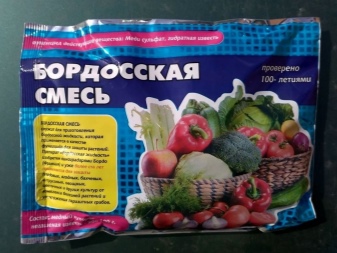
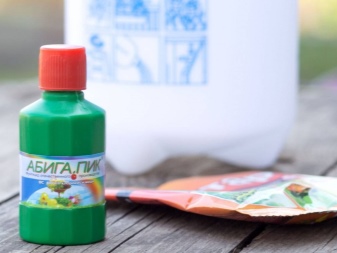
Before using them, you must carefully study the instructions.
However, it would be better to prevent the onset of the disease, because it is quite difficult to fight it.... To prevent the disease, it is necessary to periodically loosen the soil, install drainage in places that are prone to waterlogging, prevent excess moisture, and also do not plant the plant in those areas where sick grapes previously grew for a couple of years.

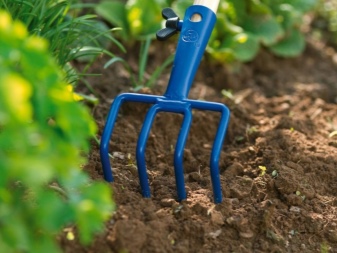
Fusarium
Fusarium is another fungal disease that is activated in the cool season, subject to heavy rainfall. Especially often it manifests itself in the first month of summer, however, in July it can also become more active, if there are all the conditions for this.
The presence of the disease can be determined by a number of signs.
- Thus, leaves and shoots begin to change their color, in particular between the veins, which occurs about a week before flowering.
- The grape leaves themselves can become smaller, becoming either yellow or white. However, with the onset of warmth, the foliage can return to its previous color.
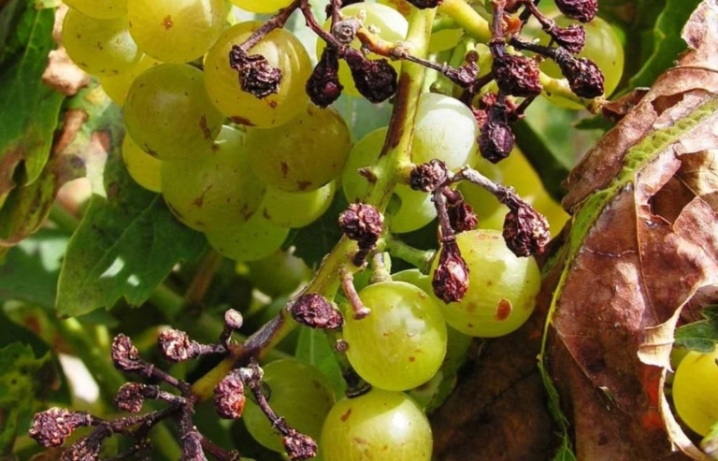
Note that there are still no funds that could fight these diseases. To prevent it, the plant needs to be treated with fungicidal agents on a regular basis.
Chlorosis
Chlorosis is another viral disease that is common in grapes.... You can determine it by the leaves, which begin to change their color to yellow. This happens gradually. The further the disease develops, the more the color of the leaf plate changes. Diseased leaves subsequently begin to fall off, grape shoots develop poorly, clusters appear worse, and their size differs significantly from those that ripen on uninfected plants.

The treatment of this disease is quite difficult.... To begin with, it is recommended to eliminate all infected areas of the plant by burning them. In some cases, it is necessary to take more rigid and radical methods of solving the problem, namely: uprooting an entire bush. Next, the grapes must be processed. This can be done using the following means:
- inkstone;
- colloidal sulfur;
- bordeaux mixture.
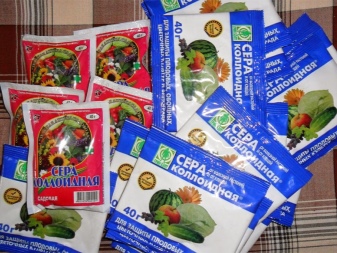
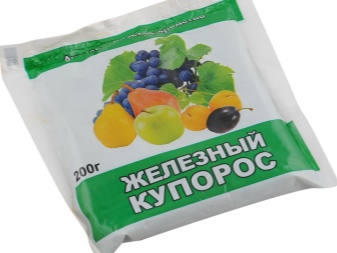
Pest control
Harmful insects inflict huge damage on cultivated plants. They not only feed on their juices, but they are also carriers of many diseases, which also goes to the detriment of plantings.
Most often grapes are affected by such small parasitic insects as aphids or ticks - they feed on plant juices. To fight aphids, it is necessary first of all to eliminate the anthills that are next to the grapes, since it is the ants that are often the carriers of the aphids. In addition, ladybirds can be launched on the site, which will not harm the plant, but will gladly help in the destruction of aphids. The most effective will be the use of chemicals - they can be used against both aphids and ticks.
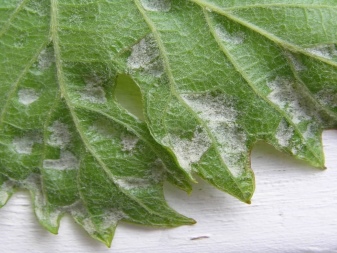

However, if used improperly, such drugs can be dangerous for both plants and humans, and therefore, before using them, you must carefully read the instructions.
Another common parasite is the bear. It infects grapes regularly. As a rule, it is recommended to use poison baits against it: they are placed in those places where this parasite is most often found. Medvedka eats poison and dies a few hours later. At the same time, the used poison can act for about 28 days, protecting the plant all this time from attacks from the pest. The big advantage of this means of control is that it does not infect grapes, and therefore is absolutely safe for people.
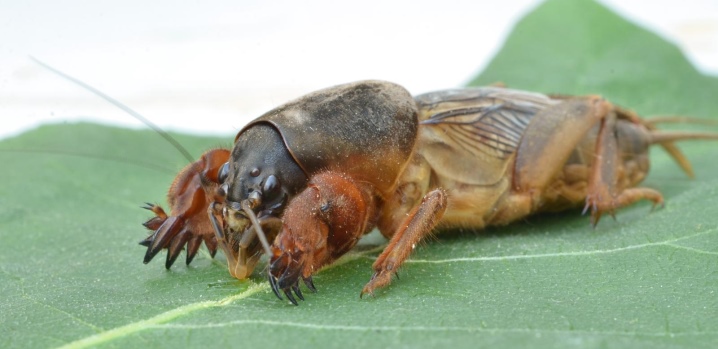
Prevention measures
Preventive measures can help avoid many problems associated with plant damage.
- Primarily grapes need to be constantly examined for symptoms of disease or parasites. This should be done several times a week.
- Do not forget about quality plant care. So, you need to regularly spray the plants for prevention, to carry out timely watering and feeding, which are necessary to strengthen the immunity of plantings.
- Eliminate weeds regularly, because they are the carriers of parasitic insects.
- It is worth mentioning about the old foliage. It also needs to be removed from the site and disposed of by incineration. Parasites and their larvae, as well as harmful fungal spores, can easily hide under old foliage. In foliage, they will easily survive winter and by summer, when it gets warmer, they will begin to precipitate plants.
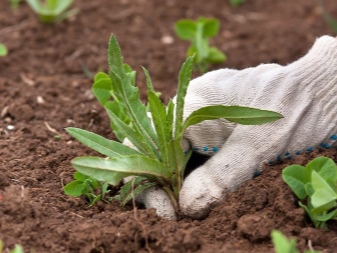














The comment was sent successfully.